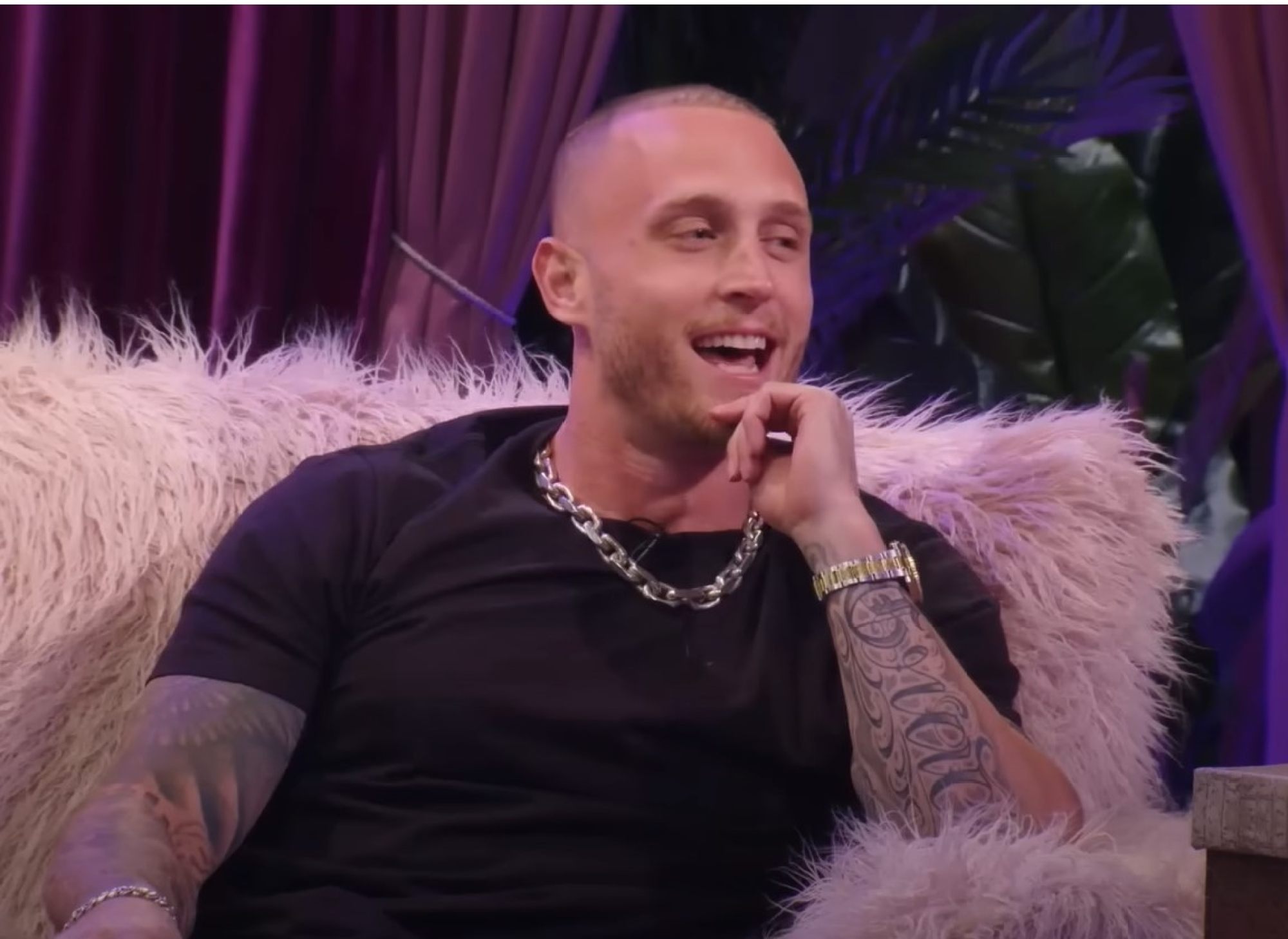The Harry Potter film series, based on J.K. Rowling’s beloved books, has captivated audiences around the world since the release of the first film in 2001. However, as the series has gained popularity, discussions around diversity and representation have also come to the forefront. This article explores the importance of diversity in the Harry Potter films, examining its impact on storytelling, audience engagement, and cultural representation.
Understanding Diversity in Film

Diversity in film encompasses a wide range of factors, including race, ethnicity, gender, sexual orientation, and ability. When films reflect a diverse array of characters and narratives, they provide a richer viewing experience and foster understanding among different cultures and communities. The representation of diverse characters can help combat stereotypes and promote empathy and inclusion.
The Landscape of the Wizarding World

The Harry Potter films are set in a richly imagined universe filled with magical creatures, spells, and adventures. However, the real-world implications of this fictional universe can be significant. The original books, while groundbreaking in many ways, have faced criticism for the lack of diversity among its characters. The films followed suit, with the majority of the primary cast being white. This lack of representation raises questions about who has the power to tell stories in popular media.
Character Representation

While the main characters in the Harry Potter films are predominantly white, there are notable exceptions that highlight the importance of diversity:
- Hermione Granger: Portrayed by actress Emma Watson, Hermione is one of the series’ most beloved characters. However, in the original books, her racial identity is never explicitly defined. In the film adaptations, the opportunity to explore Hermione’s character as a woman of color was missed, particularly in the casting choices.
- Lee Jordan: Played by actor Luke Youngblood, Lee is a minor character who serves as a Quidditch commentator. His inclusion in the films is a step towards representation, but his character could have been developed further to reflect a more diverse Hogwarts.
- Cho Chang: Portrayed by Katie Leung, Cho is one of the few prominent Asian characters in the series. However, her character arc is limited, and she is often overshadowed by the main trio, raising concerns about the depth of representation for Asian characters in blockbuster films.
The Impact of Diverse Storytelling
Diverse storytelling is not merely a matter of representation; it has profound implications for how stories resonate with audiences. Here are a few key impacts:
- Broader Audience Engagement: Films that showcase diverse characters and narratives can attract a wider audience. According to a 2020 report from the USC Annenberg Inclusion Initiative, films with diverse casts perform better at the box office, appealing to a variety of demographics.
- Empathy and Understanding: When audiences see themselves represented on screen, they are more likely to connect with the story emotionally. This connection fosters empathy and understanding, which is crucial in an increasingly divided world.
- Challenging Stereotypes: Diverse representation in the Harry Potter films has the potential to challenge stereotypes and promote positive images of different cultures. By giving voice to underrepresented characters, filmmakers can combat harmful narratives that may exist in society.
Case Studies: Successful Diverse Films
While the Harry Potter films may have faced challenges in their representation, other films have successfully embraced diversity and reaped the benefits:
- Black Panther (2018): This film broke box office records and showcased a predominantly Black cast, led by Chadwick Boseman. Its success demonstrated the commercial viability of diverse storytelling and inspired a new wave of representation in superhero films.
- Crazy Rich Asians (2018): This romantic comedy was notable for its all-Asian cast, challenging Hollywood’s norm of whitewashing. The film’s success highlighted the demand for diverse narratives and paved the way for more stories featuring Asian characters.
- Wonder Woman (2017): Featuring Gal Gadot as a female superhero, this film was significant for its portrayal of women in action roles. It became a cultural phenomenon, proving that diverse representation is not only important but also commercially successful.
Statistics on Diversity in Film
Statistics reveal a stark reality regarding diversity in film. According to a 2021 report from the UCLA Hollywood Diversity Report:
- Only 32.3% of film roles were filled by individuals from underrepresented racial and ethnic groups.
- Women accounted for 36.2% of lead roles in films, highlighting the ongoing gender disparity in Hollywood.
- The representation of LGBTQ+ characters in films remains low, with only 22% of films featuring LGBTQ+ characters, according to GLAAD’s annual report.
The Future of Diversity in the Wizarding World
As the Harry Potter franchise expands with spin-off films and series like “Fantastic Beasts,” there is a unique opportunity to address past shortcomings in representation. The Wizarding World can reflect the diversity of its global fanbase by:
- Incorporating a wider range of characters from different backgrounds in future films.
- Exploring stories that highlight the experiences of characters from marginalized communities within the wizarding world.
- Collaborating with diverse writers, directors, and actors to ensure authentic representation.
Conclusion: The Call for Change

The importance of diversity in the Harry Potter films extends beyond mere representation; it is about creating a more inclusive and relatable cinematic universe. By embracing diversity, filmmakers have the power to inspire empathy, challenge stereotypes, and engage a broader audience. As the franchise evolves, there is an opportunity to learn from past mistakes and forge a path toward a more inclusive future. The magic of the Wizarding World lies not only in its spells and creatures but also in its ability to reflect the rich tapestry of human experience. It is time for the films to embody that magic fully.




